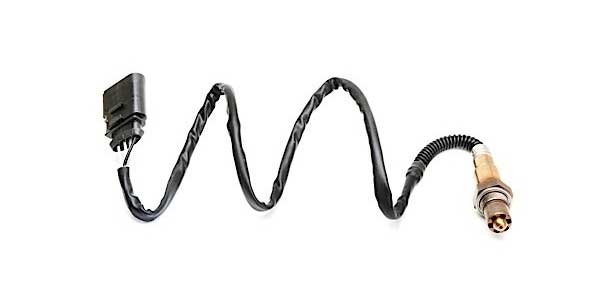Aftermarket Diesel Innovations: Evolutionary, Revolutionary Or Illegal?
Diesel technology has come a long way, evolving from smelly, dirty, slow, workhorse engines to clean-burning, high-torque, high-horsepower engines that can give many gasoline engines a run for the money on a drag strip or race track.
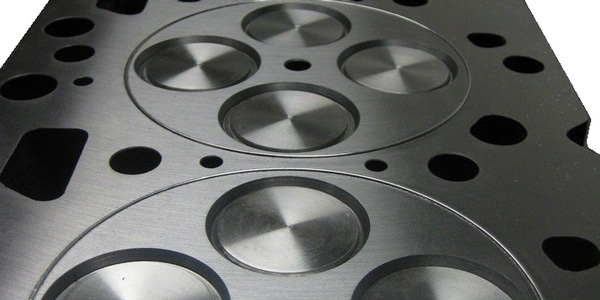
Don’t Be A Spark Plug Zombie
The “conscious” steps you should perform during spark plug replacement, instead of performing the job like a zombie.

Look Beyond The Gasket To Spot A Head Lift Problem
Head lift is not the whole head that is lifting from the block, but is a distortion in specific areas of the head and block interface where the head gasket is installed. This distortion can damage the head gaskets and head bolts.
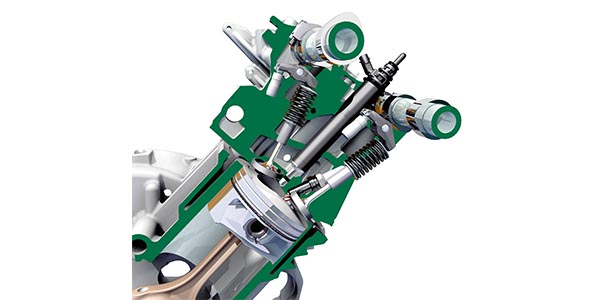
Identifying And Fixing Heavy Duty Filter Issues
Today’s heavy-duty engines have evolved to incorporate modern technology and adhere to emissions regulations—which means their components have had to evolve with them. For technicians, this means that when an engine problem comes up, it’s not so simple to determine the root cause.

VIDEO: Ordering The Right Catalytic Converter
Andrew Markel explains the importance of ordering the correct catalytic converter for a vehicle’s emissions standards, and where you can find what those standards are.
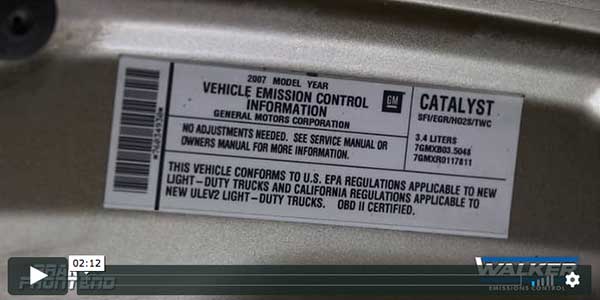
ACEA Oil Specifications: New ‘Sequences’ Mean Better Oil Performance Characteristics
While domestic manufacturers were promising 5,000-mile oil changes on this side of the pond, the oil change intervals in Europe were at 10,000 miles or more.
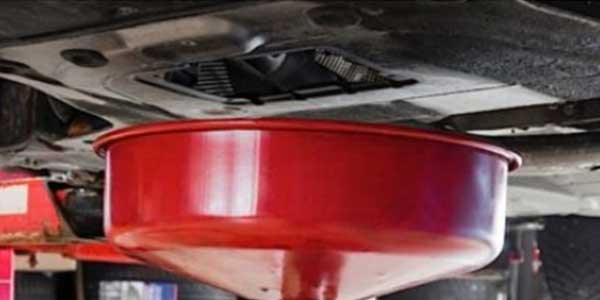
CSI: EVAP Leak Diagnostics
In order to test for leaks to resolve a code, you must think like the EVAP system and treat every EVAP leak like a crime scene.
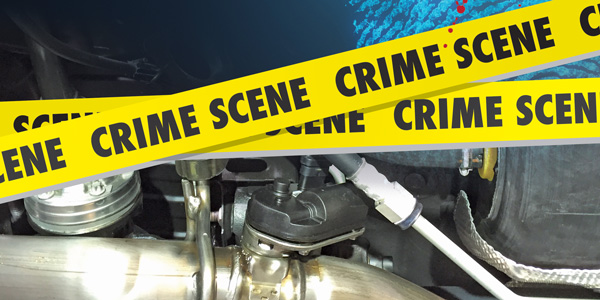
Outsmarting The Smart Cars: ECM Replacement
The ECM’s (engine control computer) function is to control emissions, monitor and regulate engine functions as well as optimize engine performance and fuel consumption.
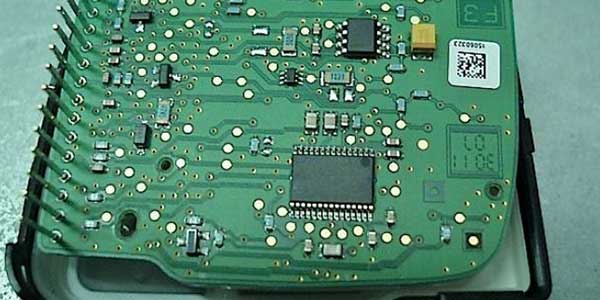
Alternator Testing Diagnostics Are Getting More Complicated
One test is not enough if you are diagnosing a charging system problem. All too often, if only battery voltage is present with the engine running the alternator is condemned as the source of the problem. If this is the case, it means that the alternator is not charging, but does not reveal why.
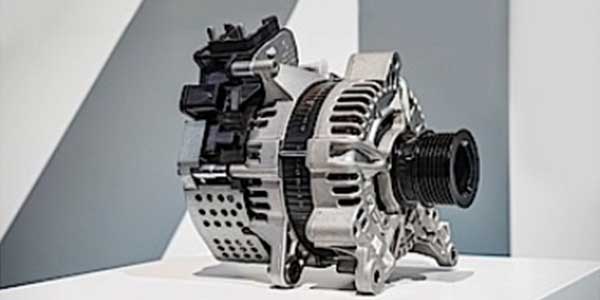
Oxygen Sensor And Catalyst Efficiency
The catalyst efficiency monitor verifies the catalytic converter is operating at a high enough efficiency rating to keep exhaust emissions within the predetermined values. The PCM compares the signals from the upstream and downstream oxygen sensors to determine the state of the converter. These “tests” are called the readiness monitors.
